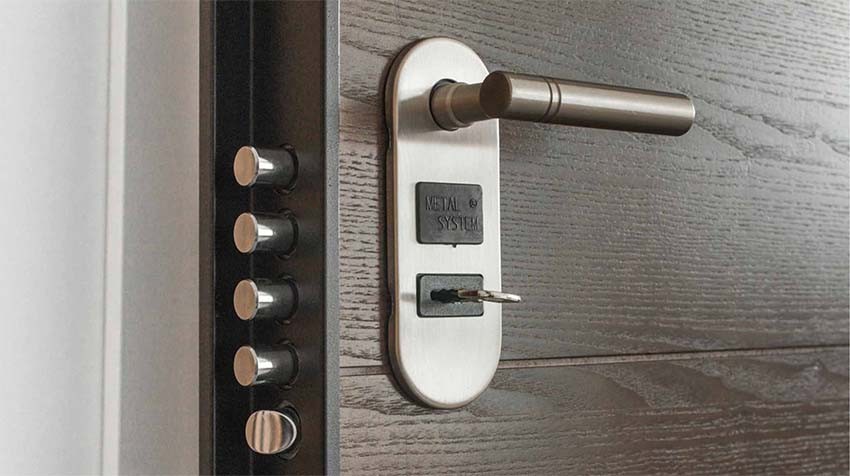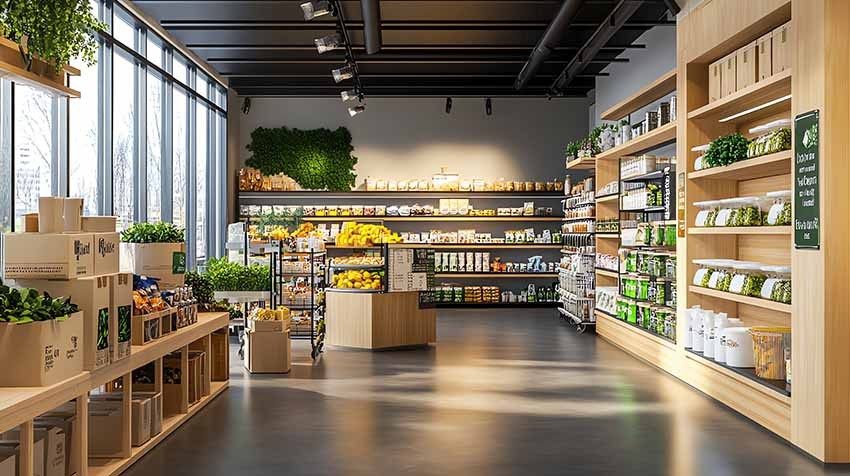
A Historic Hub of Administration and Culture
Segunbagicha, a historic and strategically positioned neighborhood in Dhaka, offers a mix of governmental importance, cultural landmarks, and residential charm. Known for its historical roots and modern-day vibrancy, Segunbagicha has evolved into a well-rounded neighborhood, balancing the hustle of city life.
The name "Segunbagicha" translates to "The Garden of Teak Trees," a nod to its colonial past. During the British Bengal era, the area was known for its lush teak gardens, established by two English officers, Captain Graham and Colonel Stecky. Although much of that greenery has disappeared over time, the area’s name continues to remind residents of its once verdant landscape. Originally a quiet outskirt of Dhaka, Segunbagicha was home to intellectuals and professionals in the 1940s. The neighborhood saw a steady influx of people, particularly after the partition of India, when migrants moved in. It gained attention as the site of Dhaka’s first Chinese restaurant and played a key role in the early development of the city. Today, its cultural importance is underscored by landmarks like the Bangladesh Shilpakala Academy, a center for art and performance established in 1974.
Today, Segunbagicha is a key administrative zone, with a host of government offices and institutions headquartered here. Notable among these are the Anti-Corruption Commission, Bangladesh Shilpakala Academy (the country’s primary cultural center), the International Mother Language Institute, and the Directorate General of National Security Intelligence. This administrative significance makes Segunbagicha a focal point for government activities and policy-making in the country.
While it’s largely an administrative zone, it also features government housing and residential buildings, offering a community-focused lifestyle for those working in the area. Though not as heavily commercialized as nearby areas like Motijheel or Paltan, Segunbagicha does offer basic amenities, making life easier for its residents. The local shops, markets, and small eateries cater to everyday needs, ensuring a convenient living experience for both families and working professionals.
One of Segunbagicha’s greatest strengths is its central location and excellent connectivity. Bordered by important areas like Ramna, Shahbagh, and Paltan, the neighborhood is strategically positioned, allowing for quick access to Dhaka’s commercial and cultural hotspots. The Supreme Court of Bangladesh and the iconic Ramna Park lie to the west, providing a lush, green escape for residents and visitors alike. To the east, Paltan Thana, including Bijoy Nagar and Purana Paltan, connects the neighborhood to one of the busiest business districts in Dhaka. Additionally, major areas like Motijheel, Moghbazar, Eskaton, and Shantinagar are all in close proximity.
The area’s inclusion within Ward No. 20 of the Dhaka South City Corporation (DSCC) ensures that it benefits from the municipality’s administrative oversight and services, further enhancing the quality of life for its residents.
City Insights
Segunbagicha is a significant administrative and cultural area.
It hosts numerous government offices, and headquarters.
The neighborhood is a key location for cultural activities, with the Bangladesh Shilpakala Academy being a prominent landmark.
Segunbagicha bridges major commercial areas like Motijheel and Paltan, making it a strategic spot for both work and connectivity.
The area features a mix of institutional buildings and residential quarters, supporting a balanced, community-driven lifestyle.
What Makes Segunbagicha Great?
Segunbagicha's prime location between Ramna, Paltan, and Shahbagh offers easy access to key commercial and administrative areas.
Excellent public transportation options, including a station on MRT Line 6, ensure quick and convenient travel across Dhaka.
Healthcare in Segunbagicha is top-notch, with the renowned BIRDEM Hospital nearby, providing residents with access to quality medical care.
As a center of culture, the neighborhood hosts the Bangladesh Shilpakala Academy, making it a vibrant spot for arts and cultural events.
The area combines institutional buildings with residential zones, offering government housing and essential amenities like markets, parks, and local eateries.
Nearby green spaces such as Ramna Park enhance the quality of life, providing leisure and outdoor activity options in the heart of the city.
Areas for Improvement in Segunbagicha
Like much of Dhaka, Segunbagicha experiences significant traffic, particularly during rush hours. The influx of office workers and government employees can create bottlenecks, making commuting within the area time-consuming.
While the area is relatively quiet during evenings, Segunbagicha becomes highly active during the day due to the presence of numerous government offices. This can sometimes disrupt the peace for residents, especially during peak office hours.
Although the neighborhood offers essential amenities, it lacks larger shopping centers or a wide variety of entertainment options compared to nearby areas like Paltan or Shahbagh.
With the high concentration of office buildings, parking can be a challenge, especially during working hours when demand for parking spaces increases.
The sidewalks and pedestrian pathways in Segunbagicha are not always well-maintained, making walking around the area less convenient and potentially unsafe at times.











